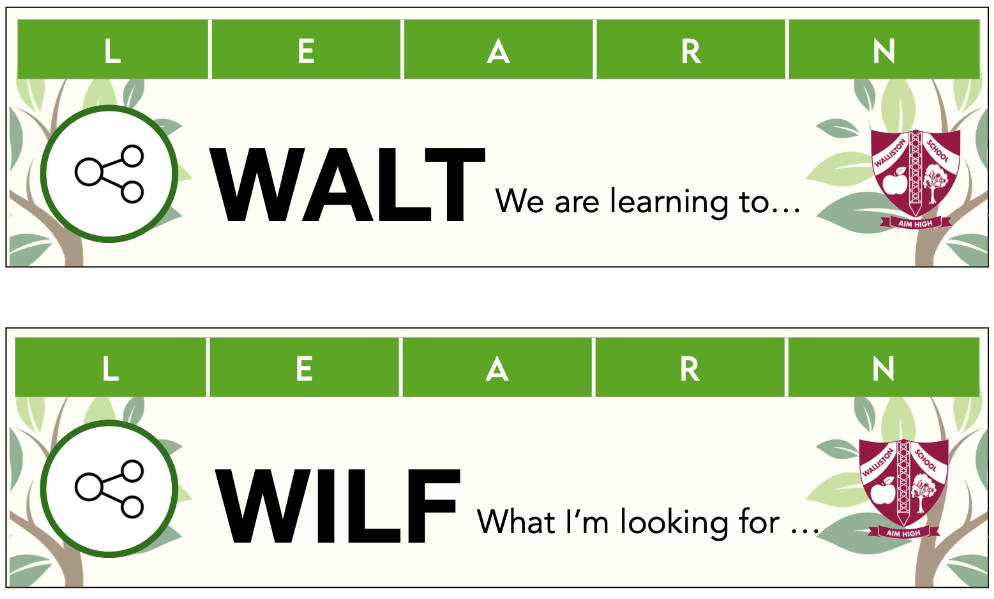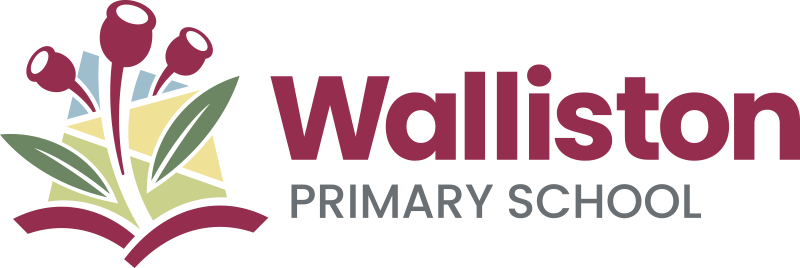Virtual Space
VIRTUAL SPACE
VISIBLE LEARNING
Visible learning is an approach to education that has been popularised by world famous education researcher John Hattie. The ‘visible’ refers to making student learning visible to teachers so they can know how they are impacting student learning. It also refers to making teaching visible to the students so that they learn to become their own teachers, a necessary skill for lifelong learners.
An important component of Visible Learning is the use of Learning Intentions, Success Criteria and WALT & WILF Charts to aid the learning process. The Learning Intention of a lesson or a unit tells students what they should know, understand and be able to do by the end of the lesson or the unit. It highlights for them the purpose behind what they are learning and how they are learning it. The Success Criteria clearly communicate how the student can be successful in a task and can help them to decide whether they have achieved the knowledge, understanding and skills outlined in the Learning Intentions. We Are Learning To (WALT) and What I’m Looking For (WILF) Charts support the classroom learning environment.
Our teachers display and explain Learning Intentions, Success Criteria and WALT & WILF Charts from Prep to Year 6 for most tasks and subjects, positively focussing on their students’ ability to succeed, learn and improve.
TECHNOLOGY
Technology is integrated into everyday learning, with interactive whiteboards or Apple TVs in each classroom foundational for providing all students with access to web-based resources and a variety of digital tools and virtual manipulatives. These are supported by iPads and iMac access for every child, allowing teachers to plan for Information and Communication Technologies (ICT) integration at all times.
Students can use the technology made available to them to communicate with peers and access teacher-created digital resources, in addition to creating their own digital products such as videos, trailers, ebooks, slideshows and Word documents, video tutorials, photo stories and graphic organisers.
PROJECT BASED LEARNING
Project Based Learning (PBL) enables students to gain knowledge and skills by working for an extended period of time to investigate and respond to an engaging and complex question, problem, or challenge. PBL combines many subjects from the Western Australian Curriculum into a large integrated unit of work.
Essential elements of PBL are:
- Learning Intentions and Success Criteria – Students know what they are learning, how they are learning and how they can be successful.
- Sustained Inquiry – Students engage in a rigorous, extended process of asking questions, finding resources, and applying information.
- Authenticity – Projects feature real-world context, tasks and tools, or speak to students’ personal concerns, interests, and issues.
- Student Voice and Choice – Students make some decisions about the project, including how and where they work and what they create.
- Reflection – Students and teachers reflect on students’ learning, the effectiveness of their inquiry and project activities, the quality of their work, obstacles posed and how to overcome these obstacles.
- Critique & Revision – Students give, receive, and use feedforward to improve their process and products.
- Public Product – Students make their project work public by explaining, displaying and/or presenting it to people beyond the classroom
PERSONALISED LEARNING AND SUPPORT
Walliston Primary School is a school ‘where every child matters’. The learning programs in every year level are differentiated in an effort to meet the individual students, whether they need extra support or extending.
Individual Education Programs are provided for students who meet the criteria and the Learning Support Team is available to work with students both within and outside of the classroom.

